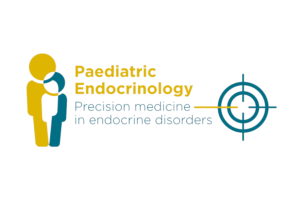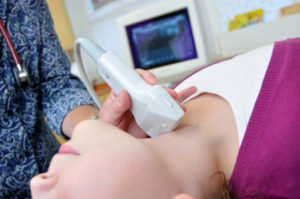
Sporadic medullary thyroid cancer in children linked to RET alterations
The majority of sporadic medullary thyroid cancer cases in children may be positive for RET mutations that are potentially amenable to treatment with a targeted agent, suggests research published in the Journal of Clinical Endocrinology & Metabolism.








